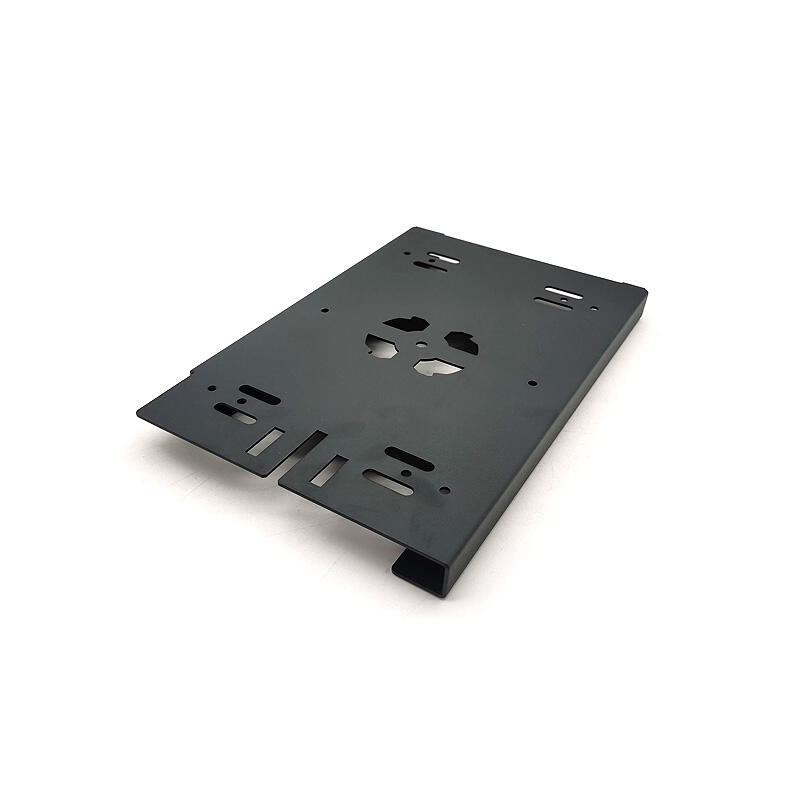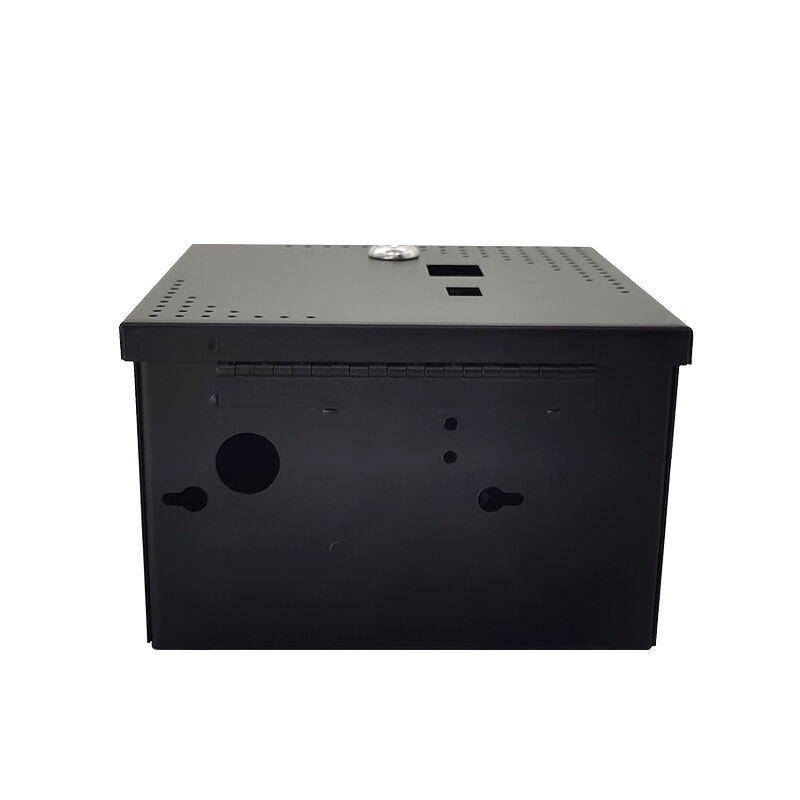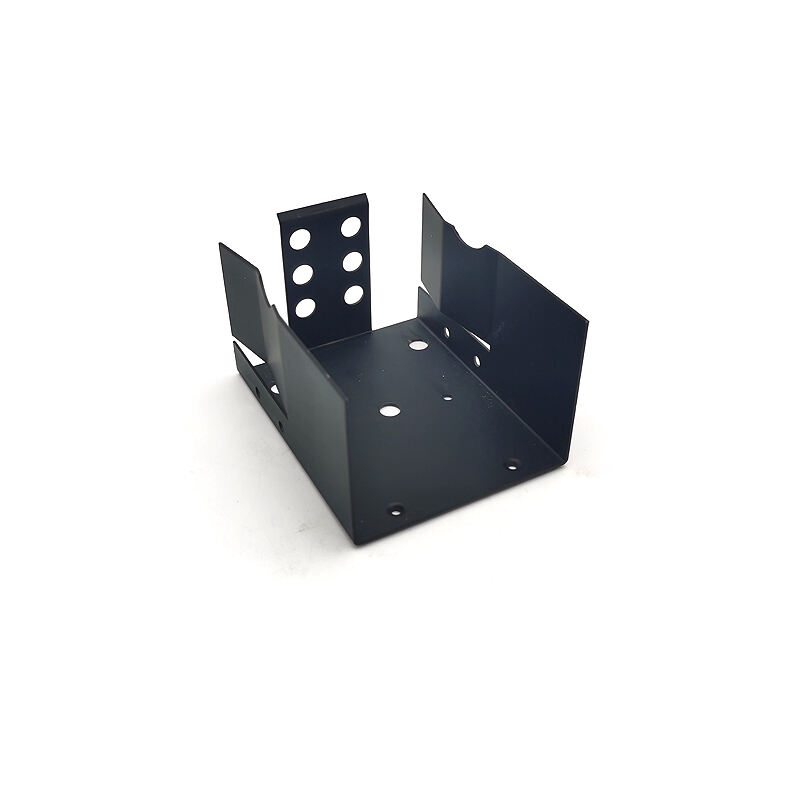steel stamping parts
Steel stamping parts represent a crucial component in modern manufacturing, offering precision-engineered solutions for various industrial applications. These components are produced through a sophisticated process that involves shaping flat sheets of metal into specific forms using specialized dies and stamping machines. The process encompasses multiple techniques including blanking, piercing, forming, and drawing, enabling the creation of complex geometries with exceptional accuracy. Steel stamping parts are particularly valued for their dimensional stability, structural integrity, and cost-effectiveness in high-volume production scenarios. These components find extensive applications across automotive manufacturing, electronics, aerospace, and consumer goods industries. The manufacturing process ensures consistent quality across large production runs, making it ideal for standardized components that require precise specifications. Modern steel stamping operations incorporate advanced automation and quality control systems, ensuring that each part meets stringent industry standards. The versatility of steel stamping allows for the production of both simple and intricate parts, ranging from basic brackets and fasteners to complex structural components with multiple bends and formations.


